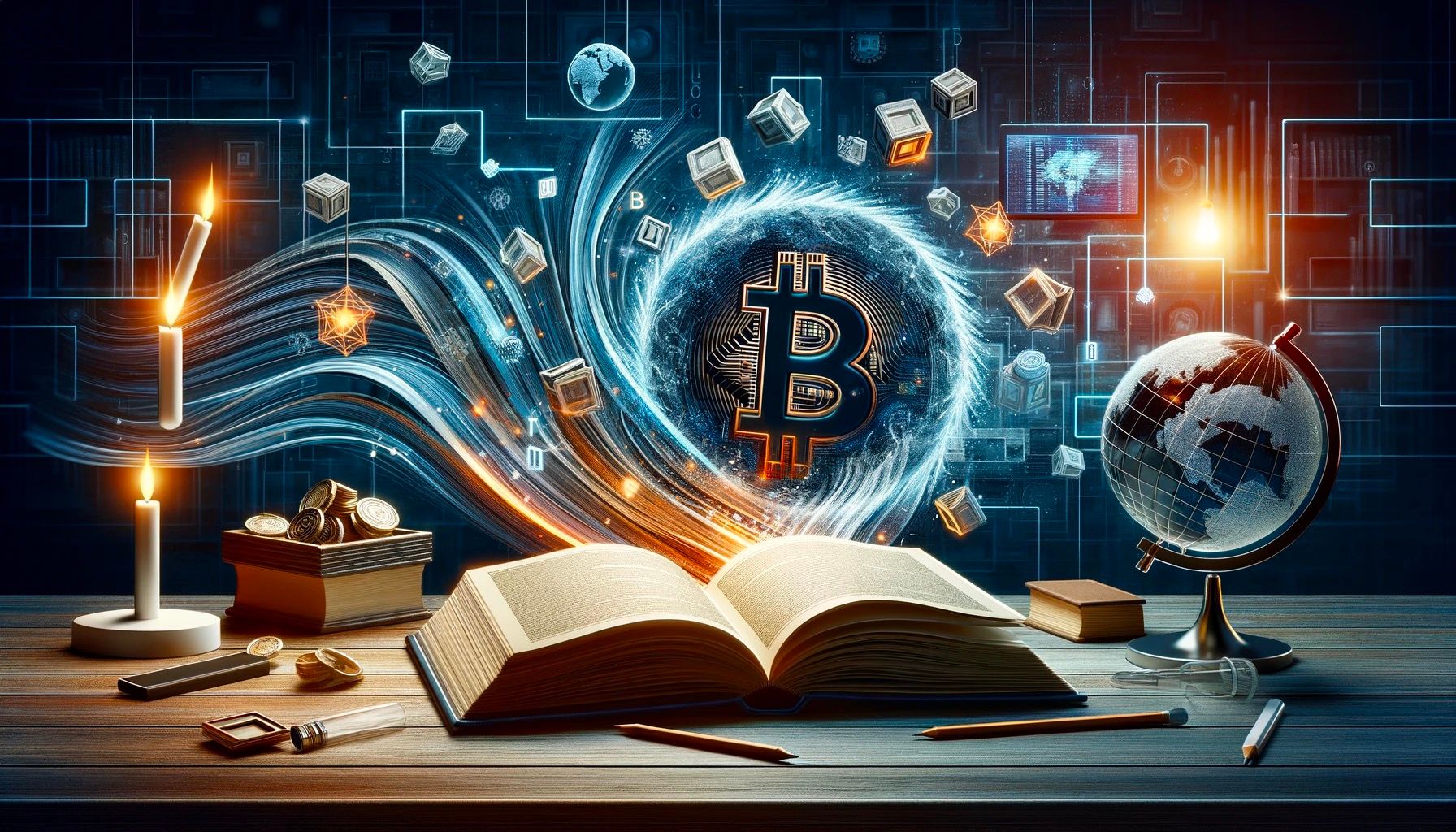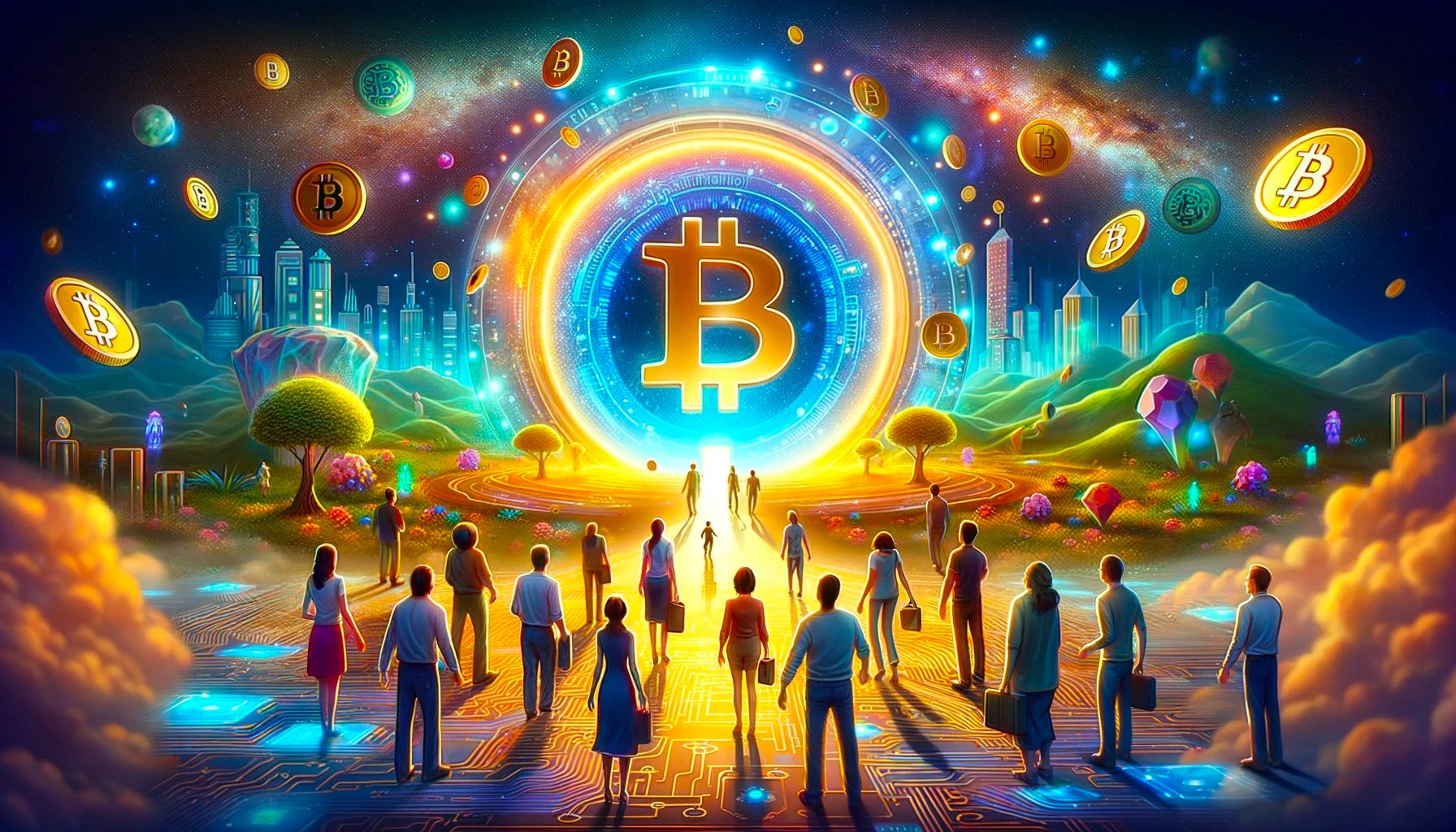How do we explain Bitcoin? With metaphors. Lots and lots of them.
We’re already about a decade and a half into the life of Bitcoin and we still need to introduce it to the world. If anything, the task today is even more urgent and compelling. At the same time, our understanding of the beast is still unfolding, even as Bitcoin itself is simultaneously ossifying and evolving. We’re all learning here. This will come in waves: from the insanely early, to the very early, to the early, to the many, to the most, and finally, to a point where Bitcoin will simply be used without necessarily being understood. Like electricity, or microwave ovens, or the Internet.
Understanding Bitcoin can be overwhelming, both in terms of the intellectual and emotional investment required to grasp its various parts and the time it takes to let the disruptive insights settle down. Bitcoin is a jigsaw puzzle of a thousand pieces, each of which must be bought with the most precious resources of the universe — time and energy. But boy, oh boy, the resulting tapestry is a sight to behold. You need to see it for yourself, which is possible only if you re-train your sights for what awaits at the end of the tunnel, as you emerge from the rabbit hole.
An Introduction to Bitcoin is an attempt to explain as many of the pieces of the puzzle, within the confines of a small book. It is a guide, if you will, for those who wish to walk the path laid out for us by Satoshi Nakamoto.
It begins by highlighting the problems associated with fiat money, something most people are unaware of and which itself is a problem. The most dangerous problems are those we fail to see or, worse, refuse to acknowledge. Without a statement of the problems, it is impossible to appreciate Bitcoin as a solution. Money is a technology, a transmission network for packets of information in the form of value. Seen this way, it becomes possible to objectively assess network strengths and weaknesses and compare the legacy network with the new. The old system leaks value; the new one doesn’t. Yes, in the same way when one compares the postal service with email, or analog telephones with digital, mobile devices.
The next few chapters pertain to the history of money, from salt, to cattle, to gold, with emphasis on the political and economic consequences of the movement from one monetary technology to the next. Better money, like any other major technological upgrade, results in wealth creation and transfer, anointing winners and losers, masters and slaves. Think of the transcendental impact of the transition from Roman numerals to the Hindu-Arabic numeral system. Think of the humble decimal system that decimated a culture of thinking and counting, enabling possibilities that are invisible to us today.
A book about money is incomplete without explaining the peculiarities of modern-day banking and its core mechanism of operating on fractional reserves. It takes some courage to study Bitcoin because it forces us to return to foundational assumptions about how things operate, or how hotdogs are made, so to speak. This journey leads us to post-World War II arrangements that anointed the dollar as king, and the broken promise that led to Richard Nixon’s unique experiment in 1971. This seminal event created a monetary system with a leaking store of value, by design—an inflationary world. Imagine broken electrical and water lines in every house and building all over the world, with some more broken than others. The half-century of experience with the fiat system brings us to a recent consequence, the great financial crisis of 2008. What we are certain of today is that whenever necessary, the money printer will be deployed, as it was during the 2020 lockdown. This “symphony of destruction” inordinately impacts those in the middle and the overwhelming majority, if only because unsound money is a technology for transferring wealth from those below to those at the top. Like a nice pyramid, but an imploding one. Put another way, fiat is an inflatable balloon; Bitcoin is a titanium sphere.
The balance of the book is about Bitcoin—its history, technical advantages over the fiat system, operative mechanisms, and the Lightning Network. The separate chapters of the book are a meditation on important aspects of Bitcoin that require extended treatment.
First, the relationship between digital scarcity and systemic fairness. True, the fixed quantity or limited supply of Bitcoin makes it a numbers-go-up technology. Beyond that, however, is its immunity from manipulation and the damaging consequences that flow from it. Imagine building a house with masons carrying different measuring tools, or designing a city with architects following different building standards. Unsound money creates a polluted economic environment, where clean air is a privilege. Bitcoin is fresh, unadulterated breathing space for all. A world where prices go down as the economy grows because money that doesn’t suffer from an inflation bug isn’t a miracle; it’s just technology at work.
Second, Bitcoin’s special relationship with energy aligns it with physics, evolution, labor, time, and fair exchange. Every economic activity is fundamentally a form of energy exchange of items or services that are subjectively valued. A medium of exchange is therefore just a proxy for that activity. Naturally, a form of money that is tied to energy will be best suited as a medium of exchange between free and self-interested economic agents.
Third, as evolved beings, humans channel their energy through their brain, an information processing tool that acts as a node and allows them to build social networks or architectures for information transmission. Almost everything that we do as social beings requires participation in two such networks, language and money—the Idea Exchange Protocol and the Value Exchange Protocol. Any change in either network produces transformation at the base layer of our society. Bitcoin, as a new protocol for transmitting and storing value, changes everything. Simply put, Bitcoin is money with superior technical properties in terms of design and operation. Over time, the contrast will be palpable between those who hold inflationary money and those who hold a deflationary one. Think horse-drawn carriages and cars.
Fourth, this book presents a model of hyperbitcoinization by detailing the transformation of the rails society relies on to transmit information in the form of value. Compared with fiat, Bitcoin is the cheaper and faster rail at the individual as well as social level, leading to “rail cooptation.” As well, in the 21st century, the separation between social networks for content and the social network for money will collapse, leading to “rail unification.”
For many, Bitcoin could very well be alien technology, which is how every transformative technology appears, at first glance. To be sure, that magic is merely apparent, not real, even if it is nonetheless astounding and awe-inspiring. Regardless, understanding Bitcoin leads to what is likely one of the greatest lessons of the 21st century: one cannot understand money without understanding Bitcoin.


